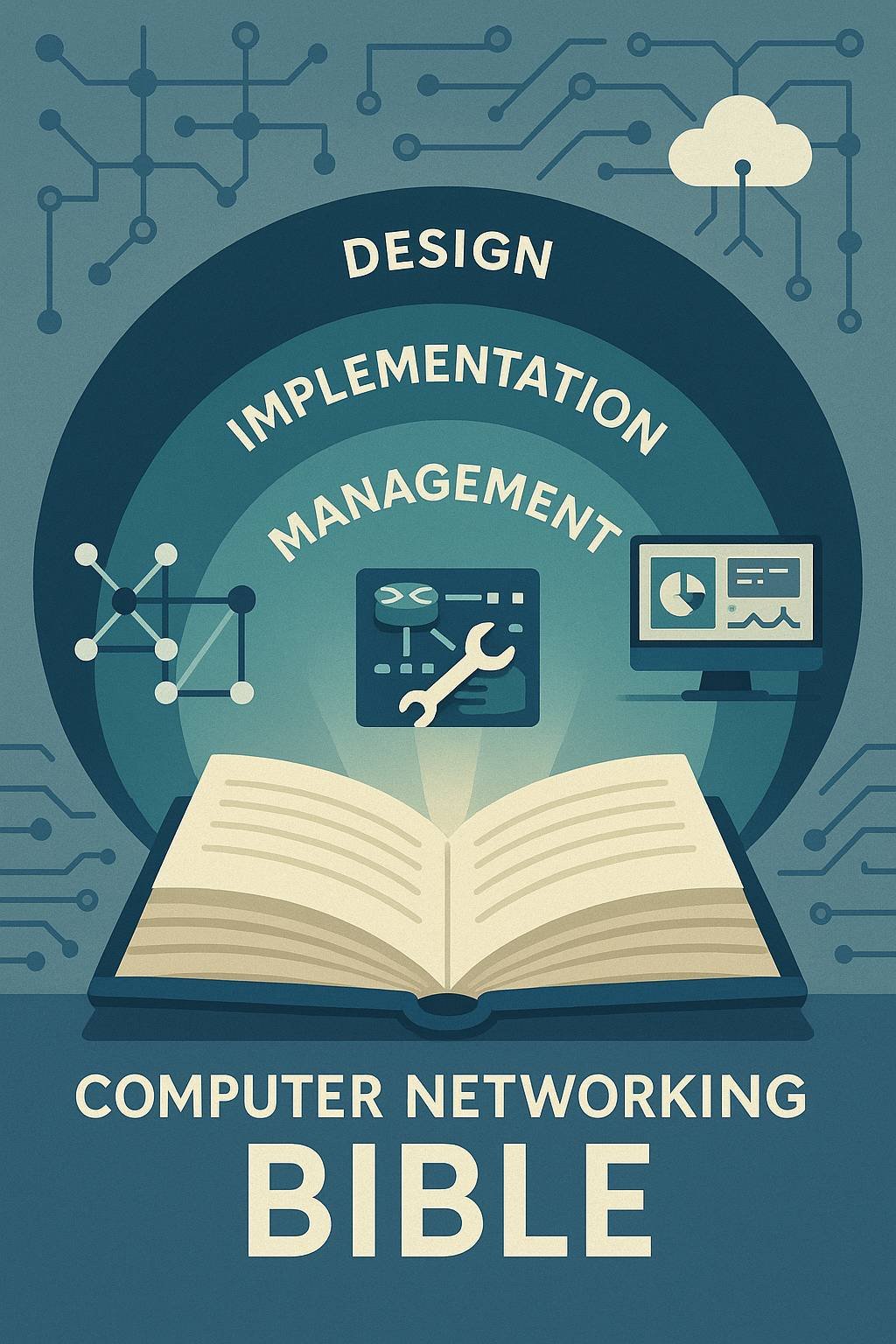Brain-Computer Interfaces and the Future of Humanity
Introduction
In the book ‘Brain-Computer Interfaces and the Future of Humanity’ by Miguel Nicolelis, the author explores the fascinating world of brain-computer interfaces (BCIs) and their potential impact on the future of humanity. Nicolelis, a renowned neuroscientist, presents a comprehensive overview of the current state of BCIs, delves into the most important chapters, and draws thought-provoking conclusions.
Main Ideas of the Book
Nicolelis begins by explaining the basic concepts of BCIs and how they have evolved over the years. He discusses the various types of BCIs, including invasive and non-invasive methods, and highlights their applications in healthcare, communication, and even entertainment.
One of the main ideas explored in the book is the concept of merging the human brain with artificial intelligence (AI). Nicolelis argues that BCIs have the potential to enhance human cognitive abilities and create a symbiotic relationship between humans and machines. He envisions a future where individuals can seamlessly interact with computers and control external devices using only their thoughts.
The book also emphasizes the importance of ethical considerations in the development and implementation of BCIs. Nicolelis raises concerns about privacy, security, and the potential misuse of BCIs. He calls for a responsible approach in the advancement of this technology to ensure its benefits outweigh the risks.
Most Important Chapters
While every chapter in the book offers valuable insights, some chapters stand out due to their significance in shaping our understanding of BCIs and their implications for humanity. Here are three of the most important chapters:
- Chapter 3: The Neurobiology of Brain-Machine Interfaces – This chapter delves into the intricate workings of the human brain and how it can be interfaced with external devices. Nicolelis explains the neural mechanisms behind BCIs and provides a detailed analysis of the latest scientific advancements in the field.
- Chapter 7: The Future of Brain-Computer Interfaces – In this chapter, Nicolelis paints a vivid picture of what the future holds for BCIs. He discusses potential applications such as neurorehabilitation, neuroprosthetics, and brain-controlled exoskeletons. The chapter also touches upon the societal implications and ethical considerations of widespread BCI adoption.
- Chapter 10: The Human-Machine Symbiosis – This chapter explores the concept of human-machine symbiosis, where BCIs seamlessly integrate with our daily lives. Nicolelis presents compelling arguments for the positive impact of BCIs on education, entertainment, and overall human cognition.
Conclusions
After reading ‘Brain-Computer Interfaces and the Future of Humanity,’ it becomes clear that BCIs have the potential to revolutionize the way we interact with technology and even redefine what it means to be human. However, the book also highlights the importance of responsible development and ethical considerations to ensure a positive future for this technology.
As we compare the current state of BCIs to the future Nicolelis envisions, it is evident that significant progress has been made. BCIs are already being used in medical research and rehabilitation, showcasing their potential to improve the lives of individuals with disabilities. However, there is still much work to be done to address the challenges and concerns raised by Nicolelis.
In conclusion, ‘Brain-Computer Interfaces and the Future of Humanity’ offers an insightful exploration of BCIs and their implications. It serves as a thought-provoking guide for both researchers and general readers interested in understanding the potential of this groundbreaking technology.
You can find more reviews of books related to AI, Future, BCIs at InnoVirtuoso: Literature
Hey there, fellow book lover! 📚 I’m thrilled you enjoyed the review. If you’re eager for more literary adventures, why not take the next step? Dive right into the world of audiobooks on Amazon’s Audible platform. Imagine having your favorite stories narrated to you, enriching your commute, workouts, or downtime.







